
A Noteworthy Day
March 2, 2008

I heard a great deal of music yesterday. Let me rephrase that. Yesterday, I heard a multitude of sounds—some longer, some shorter, higher or lower, louder or softer—as I made my way through my waking hours. The sounds appeared sometimes as individual tones and sometimes in groups of two and three. They often repeated themselves and even came together in chords.
My alarm clock went off at 7:00 a.m. with an E, C, and E one octave above middle C. Trudging sleepily into the bathroom, I turned on the electric toothbrush, which droned a D-flat above middle C. Then, I wandered into the kitchen and threw a croissant into the microwave. Thirty seconds later, five high B-flats three octaves above middle C announced my croissant’s hot and crusty perfection. A raspy B-flat below middle C from the dryer cut short my breakfast reverie. My shorts and socks were ready.
I turned on my computer to collect the day’s e-mail. It welcomed me with a satisfying G-flat major chord hovering around middle C. I then left my apartment for an early-morning appointment. En route to the subway, a beer truck backed up slowly with a penetrating and repeated E-flat three octaves above middle C. The subway turnstile piped a very high F and the subway doors cheerfully sounded an E and C above middle C as they closed.
Later that morning, I drove to New Jersey for a Guarneri String Quartet rehearsal. Our cellist, Peter Wiley, was still in his car as I arrived. I honked in greeting: an A and C above middle C. Peter honked back: the same notes, but a shade flatter. Michael Tree arrived by car and John Dalley’s car sat parked in his driveway. I decided against asking them to sound their horns. It would look bad if news got out that the Guarneri Quartet honked out of tune.
Later that afternoon, I had a meeting near the Metro North station in Harlem. As trains arrived and departed, they sounded an E and B-flat above middle C. Later that night, I heard the distant sound of a freight train as I lay in bed in upstate New York: a chord comprised of a D, an F, and a B-flat above middle C.
Half asleep, I wondered why the chord was in its first inversion rather than in its primary position (with the B-flat on the bottom). This would have been a simple, pure sound, but its present configuration unsettled me somewhat. Was this intentional? Was there someone at the locomotive factory in charge of its whistle? Perhaps a whole team of psychologists devoted themselves exclusively to testing different sounds on people for their effect. Someone may have discovered along the way that a D-minor chord merely aroused unfocused anxiety while a B-flat major chord, especially in its first transposition, stimulated vigilance, the kind that might keep a guy off the train tracks as the 4:23 to Albany roared by.
You could get caught up in this kind of thinking. The interval of a diminished fifth, the Metro North train’s E and B-flat, would probably never have been used by a composer to convey peacefulness or tranquility. It tends to create tension, stress, even menace in music. Was there someone in Metro North’s employ who concocted this diminished fifth as a way of having the train say, “Watch out!”
I can picture the image-makers at a large automobile company huddled together with the twelve notes of the musical scale. At Mercedes-Benz, the head honcho (let’s call him Schmidt) is pressing for a pair of horn sounds that will give the latest sedan model the class it deserves. Herr Schmidt urges his team to come up with two tones that will denote assured elegance, solidity, style, power, and even grandness. This is quite a lot of responsibility to put on an A and a C or a B and a D. Over at Fiat, several hundred kilometers away, their group’s leader (Falcone?) is discussing the newly revised Cinquecento, a car small enough to quite possibly fit into the magisterial Mercedes’ trunk. I imagine Falcone trying to get his team to come up with a pair of sounds that imply, “I may be small but don’t mess with me.” If the two cars swerve to avoid one another on a narrow, windy, road in Spain next summer, I assume that the Fiat’s beep-beep will be at least several tones higher than the Mercedes’ honk-honk.
Come to think of it, almost all the sounds I ran into yesterday were probably created with some kind of intent. I’ll let my poor electric toothbrush off the hook. Its modest little motor undoubtedly emitted a D-flat above middle C because it was the only sound it knew how to make. But the others, the alarm clock, microwave, dryer, computer, truck, subway and trains all had sounds that must have been created to draw your attention one way or another.
I have some questions for Herr Schmidt, Signori Falcone, and all the other Soundmeisters:
- What was the world like before your man-made sounds?
- Are the sounds you come up with haphazard or intentional?
- If intentional, is there a psychological component to them?
- Is there an international Commissioner of Pitch to whom you must answer?
- Are musicians involved in your decision-making process?
- Do you have work for me? I’m free on Tuesdays and Thursdays. Call me.
Subscribe
Sign up to receive new stories straight to your inbox!








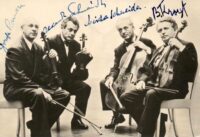



























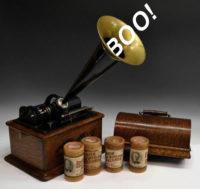
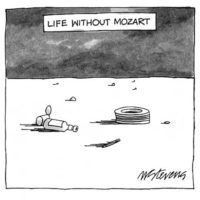



















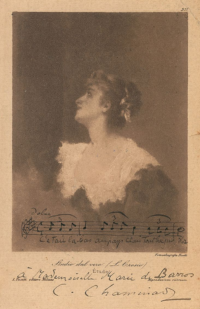




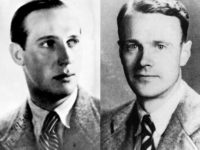






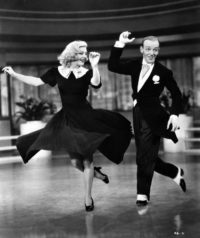







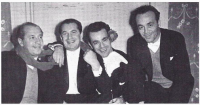
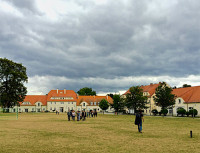


















































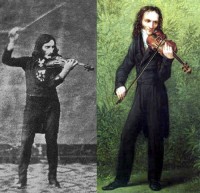



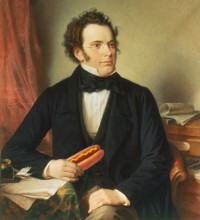

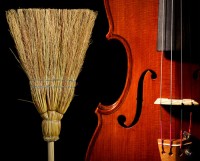





























Comments
Dear Arnold…this one written on March 2 is my favorite for I also go through the world bombarded by notes. Overton Bank has a transformer B Flat steady noise and the trains near our house have a variety of sounds from amusing to one 9th chord that sounds like a Kurt Weill accompanyment.
Once I heard a young pianist who improvised on “cell phone musical tones” and the audience loved it.
More to come! Keep up the good writing! Affectionately, your friend Annie in Texas
Moderation! Hah! Not when your articles stimulate such wonderful reactions in me! I do imagine those locomotive manufacturers’ committees sitting around and weighing the emotional pros and cons of a first inversion triad versus one in root position. (My favorites are the train whistles that are a triad that’s half way between major and minor. A pleasurable queasiness overtakes me when I hear them.)
Leave a Comment
*/